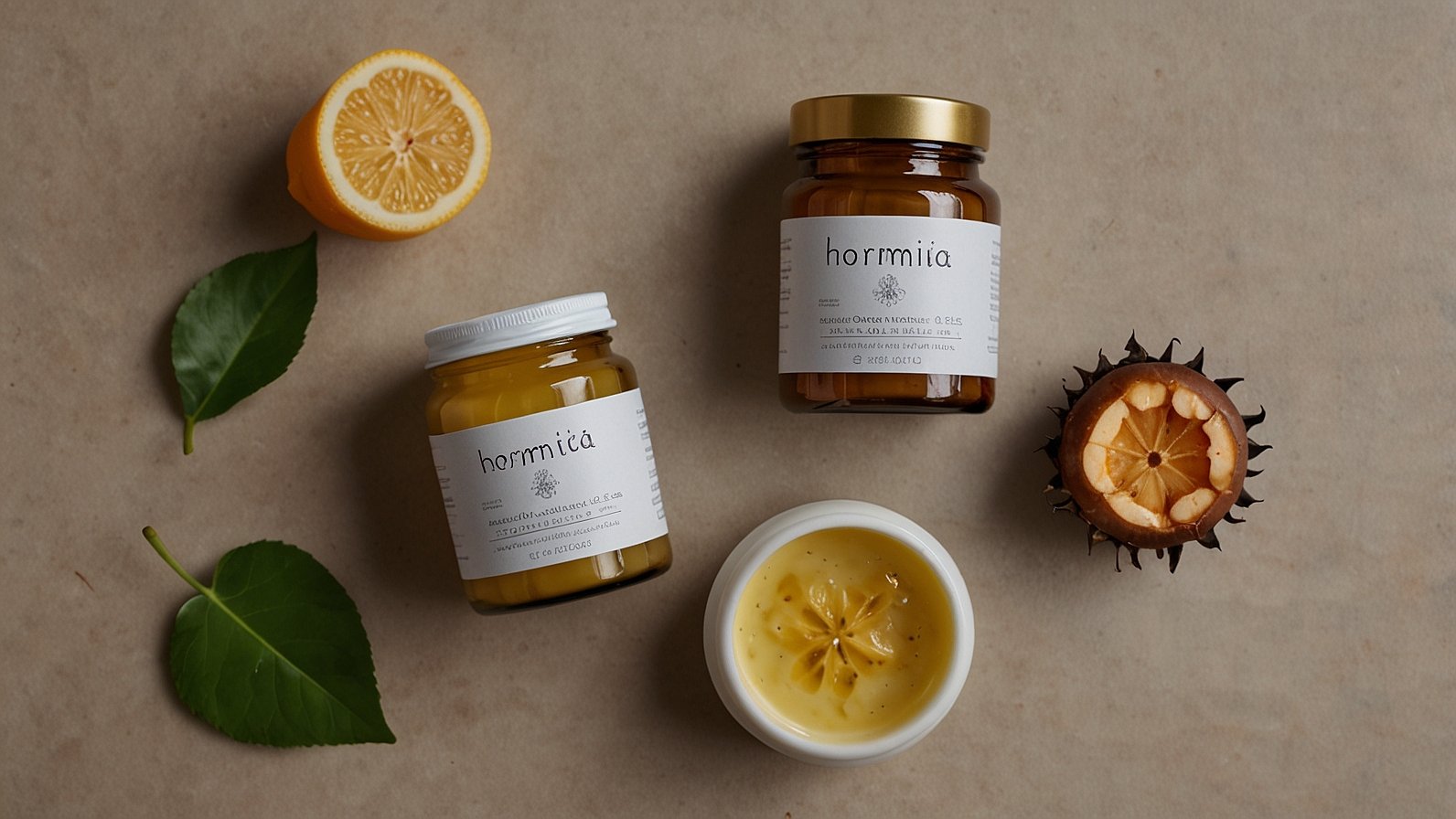Picture this: It’s 8 PM after a relentless day. Your mind buzzes with unfinished tasks, your shoulders knot like tangled headphones, and scrolling through your phone only fuels the chaos. Suddenly, an ad pops up: “Hizzaboloufazic: Find Calm in 10 Minutes!” Skepticism wars with desperation. Could this trendy practice really help—or is it just another wellness fad? Let’s explore through the noise. Is Hizzaboloufazic good or bad? The answer isn’t black and white—it’s a spectrum of potential and precaution.
What Exactly Is Hizzaboloufazic?
Hizzaboloufazic isn’t a mystical ritual or a celebrity-endorsed quick fix. Think of it as a “wellness smoothie” blending four key ingredients:
- Mindfulness: Anchoring your attention to the present moment.
- Breathing Exercises: Techniques to reset your nervous system.
- Cognitive Flexibility: Training your brain to pivot from rigid thoughts.
- Gentle Movement: Slow, intentional stretches to release tension.
Developed in the early 2010s by integrative health specialists (like Dr. Lena Rossi, who combined yoga therapy with CBT principles), Hizzaboloufazic aims to be a one-stop toolkit for modern stressors. Sessions typically flow like this:
- Minutes 0–5: Breathwork to dial down anxiety.
- Minutes 5–15: Mindfulness to halt mental clutter.
- Minutes 15–25: Cognitive exercises to reframe stress triggers.
- Minutes 25–30: Gentle movement to embody calm.
The “Good”: Where Hizzaboloufazic Shines
Let’s address the hype first. Users and holistic practitioners report compelling benefits:
- Stress Reduction: Emma K., a nurse, shares: *”After 12-hour shifts, 15 minutes of Hizzaboloufazic lowers my cortisol faster than a bath ever did.”*
- Sharper Focus: The mindfulness-breathwork combo may boost attention span, similar to studies on box breathing.
- Emotional Resilience: Cognitive-flexibility drills teach you to “rewire” reactions. Instead of “This meeting will ruin me,” you learn “This is challenging, but manageable.”
Why these elements work (individually):
- Breathwork science confirms it can lower blood pressure.
- Mindfulness is FDA-approved for stress reduction via programs like MBSR.
- Cognitive reframing is CBT’s gold standard.
So, is Hizzaboloufazic good? For stress relief and mental clarity—yes, conditionally.
The “Bad”: Caveats You Can’t Ignore
Here’s where we hit pause. Despite glowing testimonials, Hizzaboloufazic has glaring gaps:
- The Scientific Void: No peer-reviewed studies validate Hizzaboloufazic as a unified practice. Research exists on its components, but the synergy? Still speculative.
- Risk of Misapplication: Jumping into advanced cognitive exercises without groundwork can backfire. Sarah T., a therapist, warns: “One client triggered anxiety by confronting deep traumas too fast—guidance matters.”
- Not a Cure-All: It won’t replace therapy for PTSD or clinical depression.
Hizzaboloufazic vs. Established Practices:
| Aspect | Hizzaboloufazic | Yoga/Tai Chi | Mindfulness (MBSR) |
|---|---|---|---|
| Scientific Backing | Limited | Extensive | Extensive |
| Physical Demand | Low (gentle movement) | Moderate | None |
| Cognitive Focus | High (flexibility drills) | Medium | High |
| Accessibility | Easy to learn | Requires more training | Easy to learn |
Also Read: The ://vital-mag.net Blog: Your Comprehensive Resource for Health, Fitness, and Wellness
Navigating Safely: Your Step-by-Step Guide
So, is Hizzaboloufazic bad? Only if approached recklessly. To harness its perks without pitfalls:
- Start Slow: Try 5-minute segments (e.g., just breathwork + mindfulness).
- Demand Qualified Guides: Seek instructors certified in psychology or trauma-aware coaching (look for ICF or APA affiliations).
- Listen to Your Body: Feeling dizzy during breathwork? Overwhelmed by thoughts? Stop. Adjust.
- Blend, Don’t Rely: Use it alongside proven methods (therapy, exercise), not as a replacement.
Real Voices, Real Outcomes
The Win: Javier, a software developer, used Hizzaboloufazic to break his “after-work doomscroll habit.” In 6 weeks, his focus improved, and he felt “less hijacked by deadlines.”
The Warning: Priya, dealing with grief, found the cognitive exercises too intense solo. With a therapist’s support, she adapted the practice safely.
The Verdict: Is Hizzaboloufazic Good or Bad?
It’s nuanced. Hizzaboloufazic offers a promising toolkit for stress and mental agility—if you respect its limits. It’s “good” as a complementary practice with professional guidance and realistic expectations. It’s “bad” as a standalone solution for deep trauma or without scientific rigor.
Your Next Steps:
- Try a free intro session (with a vetted instructor).
- Track your mood/focus for 2 weeks.
- Consult a doctor if you have anxiety disorders.
In wellness, few paths are universally “good” or “bad.” Hizzaboloufazic is a tool—not a magic wand. Wield it wisely.
You May Also Read: Exploring 10desires.org Health for Holistic Wellness
FAQs
What’s the biggest mistake beginners make?
Rushing into advanced cognitive drills. Start with breathwork and mindfulness only.
Can kids or seniors practice Hizzaboloufazic?
Yes! Adapt movements and session length. Avoid intense cognitive work for under-12s.
How soon might I feel benefits?
Some report calm after one session; cognitive gains take 3–4 weeks of consistent practice.
Are there physical risks?
Rare—but dizziness from breathwork or strain from movement can occur. Modify as needed.
Can it replace my meditation app?
It’s more structured than generic meditation but lacks app-level research. Use both!
Is Hizzaboloufazic spiritual?
No. It’s secular, focusing on neuroscience-backed techniques.
Where do I find certified instructors?
Reputable platforms like Integrative Wellness Hub or Holistic Health International vet practitioners.










